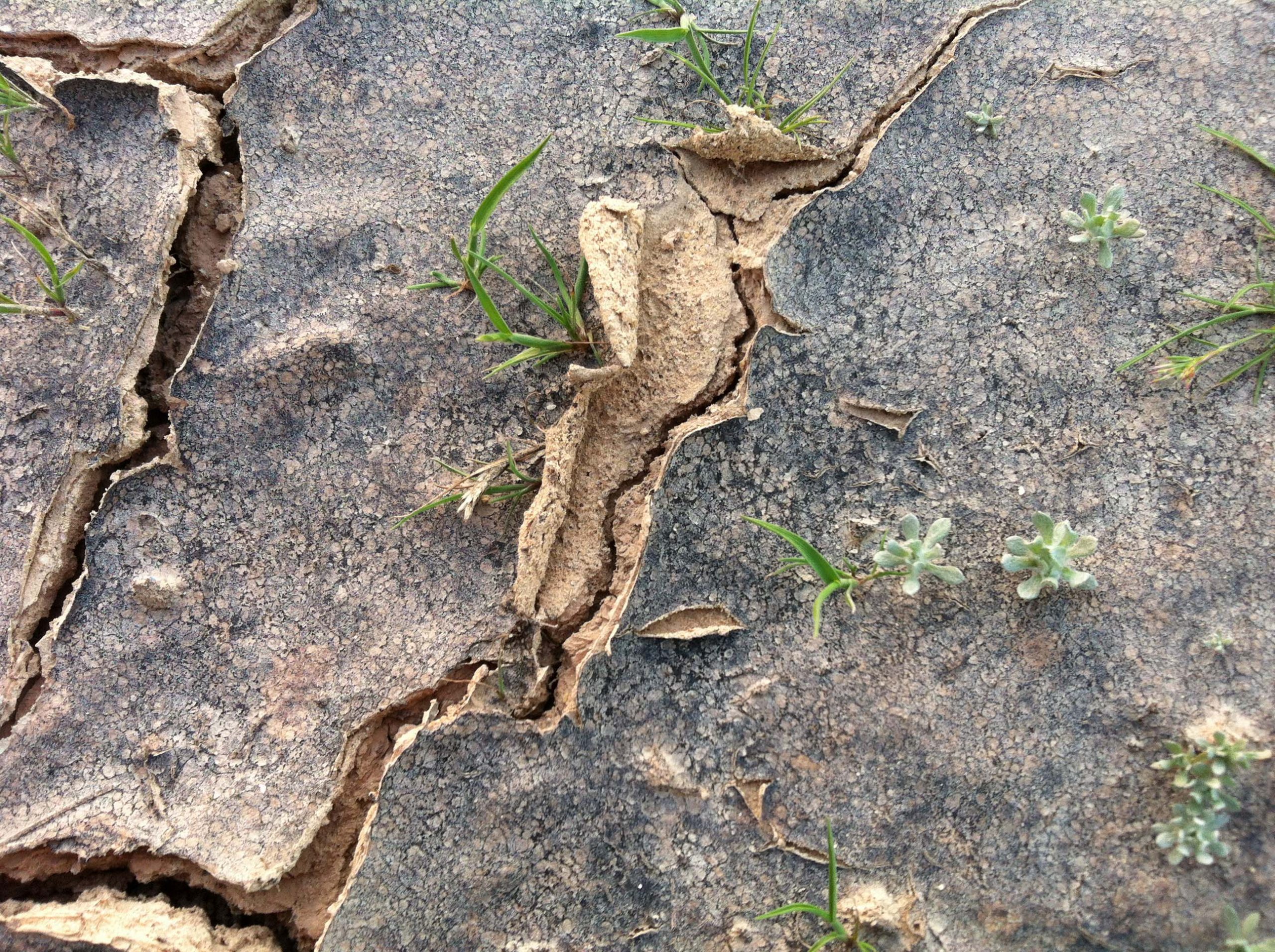
New research has drawn a conclusive link between chronic exposure to environmental toxins found in Qatar’s desert and brain diseases such as ALS, Parkinson’s and Alzheimer’s.
The link has been described as a scientific breakthrough by some academics.
It has long been suspected, especially after several US military personnel deployed during the First Gulf War came down with symptoms of ALS a decade after returning.
Servicemen and women who spent time in the region developed signs of the disease at twice the rate of personnel who received the same training but were not dispatched to the Gulf.

A new paper published this month by the Royal Society of London studied vervet monkeys that were fed fruit dosed with an environmental toxin known as BMAA, which is found in Qatar.
After 140 days, hallmarks of Alzheimer’s disease were found in the brain tissues of all of the vervets who consumed the toxin.
What the findings say about the implications for residents of Qatar and other countries where humans exposed to BMAA in the environment is still under study.
Scientists are still researching the level of toxins in Qatar’s water, air and marine food chain. It’s also unclear at what threshold exposure to BMAA is likely to lead to health problems.
Still, the results of this growing body of work could have significant health implications for Qatar residents, as well as people living in arid regions of China, the western United States, southern Africa and elsewhere around the world.
“I don’t want people to think that Qatar is toxic,” said Renee Richer, a former professor at Weill Cornell Medicine-Qatar (WCM-Q) and co-founder of the Qatar-based Toxins in Desert Ecosystems (TiDE) Network. “This is a global problem. But Qatar is a great place to study it.”
Harmful toxins
One doesn’t have to look far outside Doha to find the starting point for some of Richer’s research.
Cyanobacteria are located in virtually every terrestrial and aquatic habitat on the planet, according to a 2014 article by the Qatar National Research Fund (QNRF), which has helped finance parts of Richer’s research.
However, cyanobacteria flourish in desert ecosystems and can be easily seen with the naked eye in Qatar, where they resemble cracked mud. The difference is that cracked mud crumbles when handled, but mats of cyanobacteria remain intact and will turn green when exposed to water.

“They’re huge,” said Richer, who is currently an assistant professor at the University of Wisconsin-Marinette. “If you go to the Inland Sea, they can be six inches thick.”
QNRF notes cyanobacteria help maintain the health of the environment and produce compounds that can treat diseases such as cancer. But for reasons that are not yet fully known, they also produce harmful toxins such as BMAA.
Among the researchers looking into why is Aspasia Chatziefthimiou, a postdoctoral fellow at WCM-Q and a fellow TiDE Member. She’s also exploring the prevalence of these neurotoxins in Qatar’s water, air and marine food chain.
While her research remains preliminary, Chatziefthimiou said she’s finding these toxins in her samples. However, the implications for human health are not clear because the concentrations at which these neurotoxins start to pose a threat is not conclusively known.
Another area of research is the effect of “disturbances” – including human activity, such as off-roading or construction excavation – on cyanobacteria and the toxins they produce.

During the First Gulf War, it’s likely that tanks and other large military vehicles driving through the desert kicked up dust containing toxic loads of BMAA, researchers at the TiDE Network argue.
Left alone, Chatziefthimiou said a type of “biocement” takes hold in the soil crust that helps keep the toxins in place.
“But when you disturb that, it goes back to granular form … and blows into the atmosphere,” she said.
This finding could carry implications for desert conservation efforts in Qatar and other countries, Richer adds.
“If we manage the habitat in a reasonable way, we can greatly reduce any risk of exposure,” she said. If the particles don’t become airborne, “it shouldn’t be a big problem,” Richer added.
Future research
With the link between BMAA and brain diseases now established, researchers are taking a closer look at the possible impact on human health in Qatar.
As a starting point, neurologists from QCM-Q and doctors from Hamad Medical Corp. will go through records to explore whether there are higher neurodegeneration rates among permanent residents of Qatar than in other parts of the world.

The findings will likely lead to a new series of questions and research areas.
If the answer is yes, Richer said experts will likely explore ways of reducing residents’ exposure as scientists try to determine whether it’s BMAA causing the higher rates of neurodegeneration or if other factors may be to blame.
And if the answer is no, it will raise questions about whether Qataris have genetic characteristics that provides them with some form of immunity.
“It opens up these fields of research that would greatly impact the health of Qatar residents, and globally as well,” Richer said.
Thoughts?







